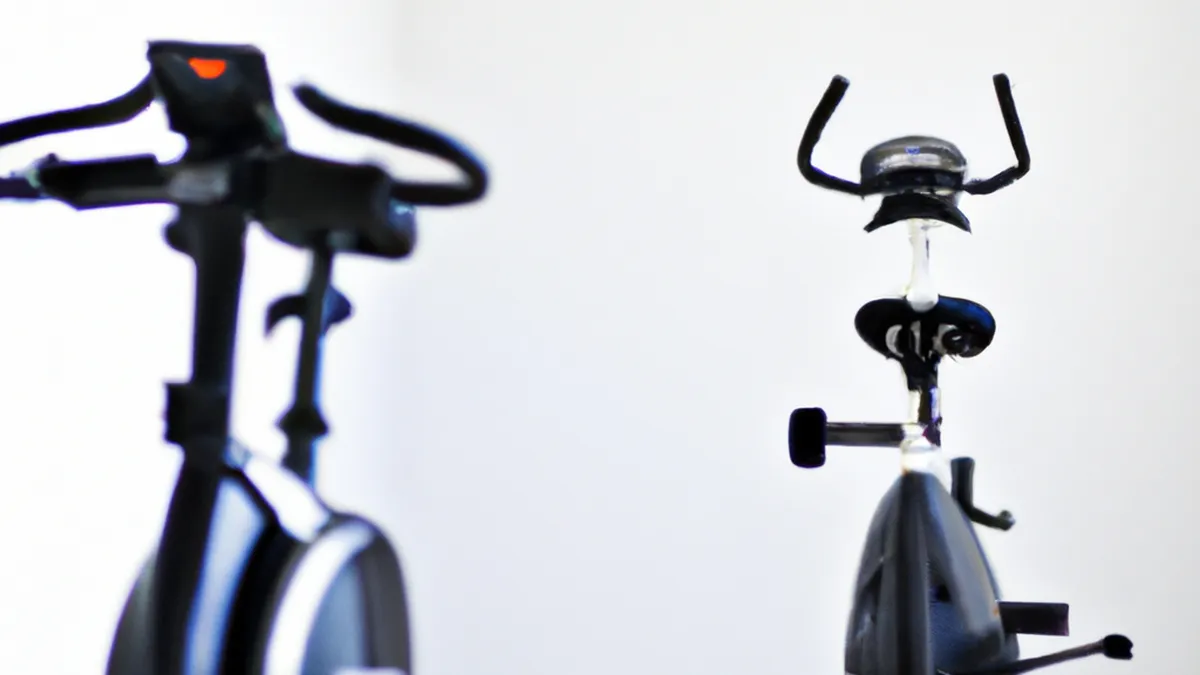Treadmill Heart Rate Monitoring Tips
Tracking Heart Rate During TrainingMonitor your heart rate during workouts to transform your training experience. It helps you understand your body’s exercise response. Tracking your heart rate improves performance and helps you achieve fitness goals. This blog post explores effective heart rate monitoring methods, offers practical tips, and highlights heart rate training benefits.
Why Track Heart Rate?
Understanding your heart rate is crucial for effective training. It allows you to gauge your effort during workouts. Heart rate training helps you avoid overtraining and undertraining. Knowing your heart rate zones tailors your workouts to your specific goals.
Heart Rate Zones Explained
Heart rate zones depend on your maximum heart rate (MHR). Calculate your MHR by subtracting your age from 220. This formula gives you a starting point. Each zone represents a different intensity level:1. **Resting Zone (50-60% of MHR)**: Ideal for recovery and warm-ups.2. **Fat Burning Zone (60-70% of MHR)**: Great for weight loss and endurance.3. **Aerobic Zone (70-80% of MHR)**: Perfect for improving cardiovascular fitness.4. **Anaerobic Zone (80-90% of MHR)**: Suitable for high-intensity training and speed work.5. **Red Line Zone (90-100% of MHR)**: Only for short bursts during intense training.Understanding these zones helps you train effectively.
Tips for Tracking Heart Rate
As an Amazon Associate I earn from qualifying purchases.
Gear tip: consider compression sleeves, compression socks, and percussive massager to support this topic.
Tracking your heart rate can be simple. Here are tips to make it easier.
Use a Heart Rate Monitor
Invest in a reliable heart rate monitor. Wear it on your wrist or chest for real-time data. These devices help you stay in your desired heart rate zone. Many fitness trackers also offer heart rate monitoring features. Choose one that fits your style and budget.
Check Your Heart Rate Manually
If you lack a monitor, check your heart rate manually. Place your fingers on your wrist or neck. Count your pulse for 15 seconds and multiply by four. This quick method estimates your heart rate.
Use Fitness Apps
Many fitness apps track heart rate during workouts. These apps sync with your heart rate monitor or use your phone’s sensors. They provide detailed insights into your training sessions. Some apps allow you to set goals and monitor progress over time.
Advice for Effective Heart Rate Training
To maximize heart rate training benefits, consider these practical tips.
Warm Up Properly
Always start with a proper warm-up. Gradually increase your heart rate to prepare your body for exercise. A good warm-up increases blood flow and reduces injury risk. Aim for at least 5-10 minutes of light activity.
Stay Hydrated
Hydration plays a vital role in heart rate management. Drink water before, during, and after your workout. Dehydration can raise your heart rate. Ensure you’re adequately hydrated for optimal performance.
Listen to Your Body
Pay attention to how you feel during training. If your heart rate feels too high, slow down. If your heart rate feels low, consider increasing intensity. Listening to your body helps you make better training decisions.
Benefits of Heart Rate Training
Tracking your heart rate offers numerous advantages.
Enhanced Performance
Monitoring your heart rate helps you identify strengths and weaknesses. This knowledge lets you adjust your training plan. Over time, you’ll see significant performance improvements.
Improved Recovery
Heart rate monitoring gauges your recovery. Knowing when your heart rate returns to normal indicates recovery quality. Proper recovery is essential for long-term success and injury prevention.
Greater Motivation
Setting heart rate goals keeps you motivated. Tracking progress provides tangible results. This data encourages you to push harder and stay committed.
Conclusion
Tracking your heart rate during training is a powerful tool. It helps you understand your body and optimize workouts. Use heart rate monitors, check manually, or utilize fitness apps for effective monitoring. Follow these tips to enhance your training experience. The benefits of heart rate training include better performance, improved recovery, and greater motivation. Start tracking your heart rate today to elevate your training!
Below are related products based on this post:
FAQ
Why is tracking heart rate important during training?
Tracking heart rate is crucial for effective training as it helps you gauge your effort and avoid overtraining or undertraining. By understanding your heart rate zones, you can tailor your workouts to meet specific fitness goals, ultimately enhancing your training experience.
What are the different heart rate zones?
The heart rate zones are categorized based on your maximum heart rate (MHR). They include the Resting Zone (50-60% of MHR), Fat Burning Zone (60-70% of MHR), Aerobic Zone (70-80% of MHR), Anaerobic Zone (80-90% of MHR), and Red Line Zone (90-100% of MHR), each representing different intensity levels for training.
What are some effective methods for tracking heart rate?
You can track your heart rate using a reliable heart rate monitor, checking it manually by counting your pulse, or using fitness apps that sync with heart rate monitors or utilize your phone’s sensors. These methods provide real-time data and insights into your training sessions.















Post Comment